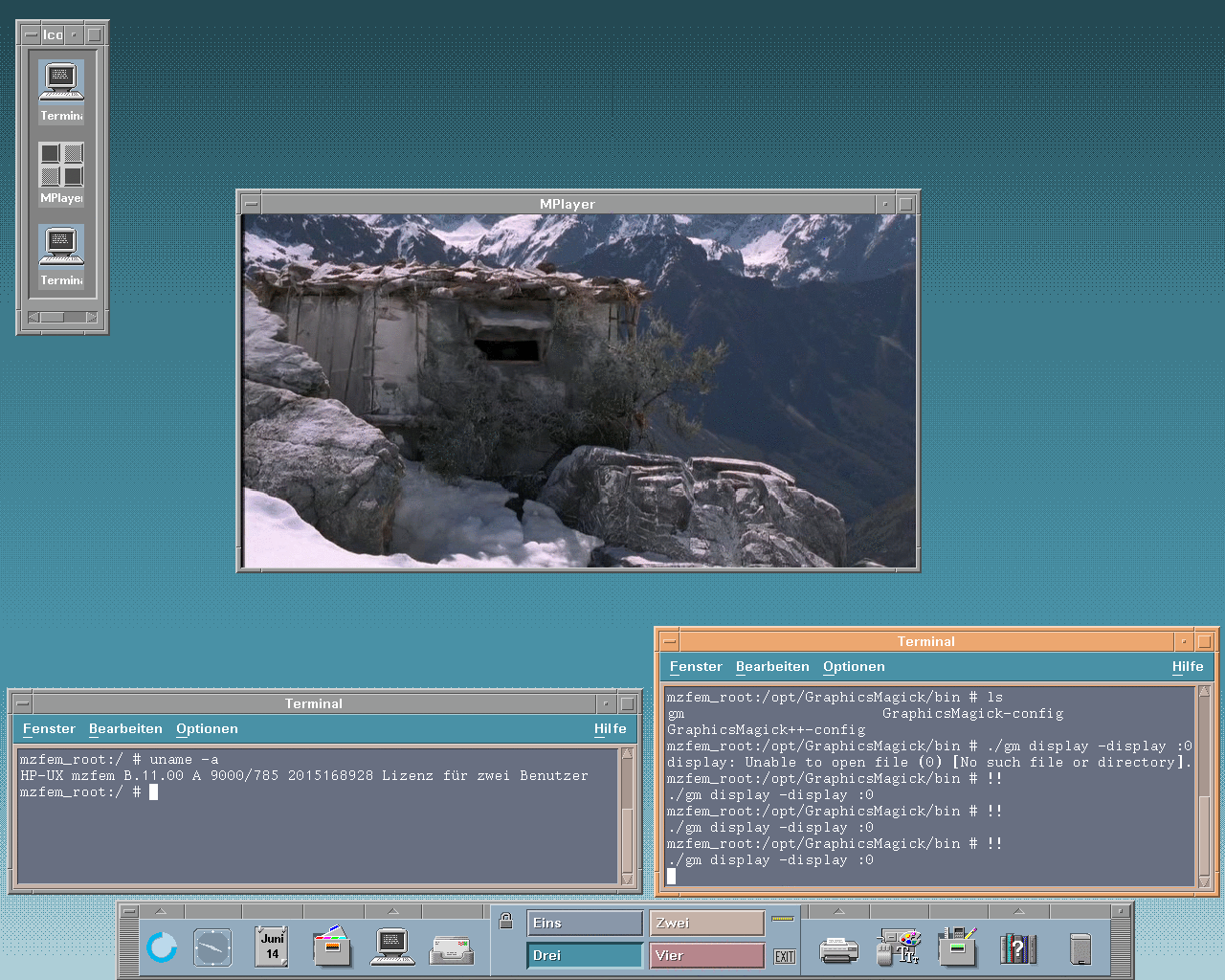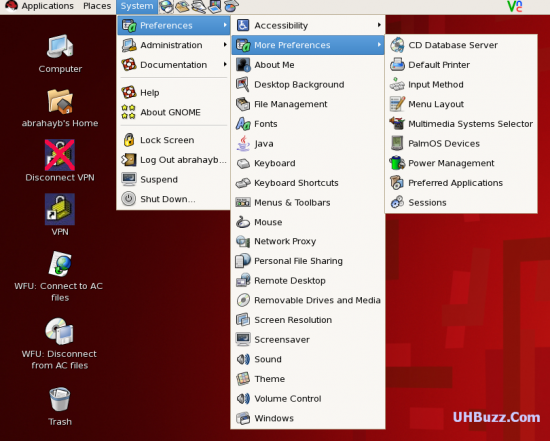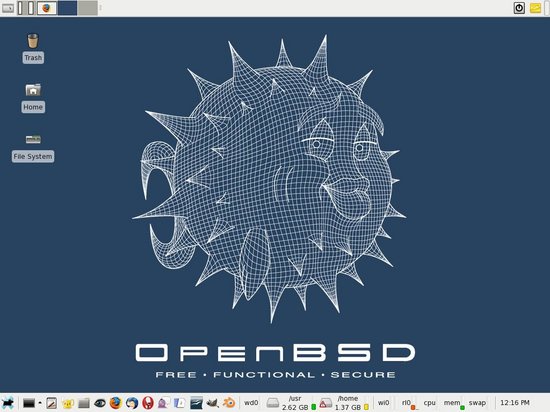3. Windows 7:
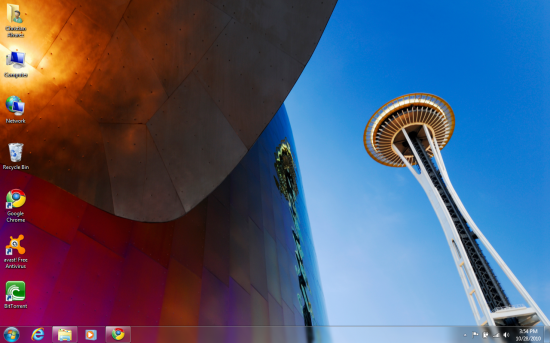
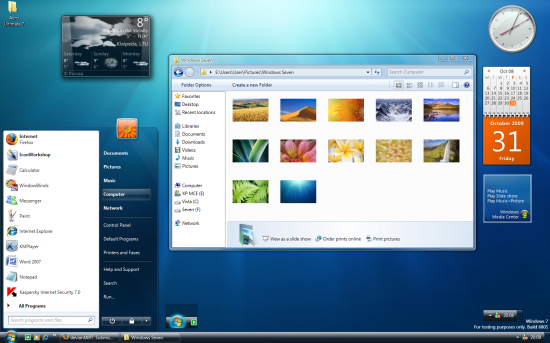
Windows 7 the newest operating system from Microsoft, simplifies computer security, making it easier for you to reduce the risk of damage caused by viruses, spyware and other malware. Windows 7 also features an improved backup solution to help keep your information safe, and its improved parental controls help you protect your family. Windows 7 makes it easier and less intrusive to run your computer as a standard user instead of as an administrator. Windows Vista introduced User Account Control, a feature that warned you when a program wanted to make a change on your computer. Windows 7 improves on this feature, which means you’ll get the same level of protection, but with fewer messages than before.
2. Linux:
Linux can be installed on a wide variety of computer hardware, ranging from mobile phones, tablet computers and video game consoles, to mainframes and supercomputers. Linux is a higher secure operating system. It has the ability to be customized up to extremely secure level. Most of the Linux distributions are open source. Linux has an extraordinary patching policy. Netcraft reported that eight of the ten most reliable internet hosting companies ran Linux distributions on their web servers.
1. OpenBSD:
OpenBSD is the most secure general purpose operating system. One of the goals of the OpenBSD project is the integration of facilities and software for strong cryptography into the core operating system. To this end, a number of low-level features are provided, including a source of strong pseudo random numbers. OpenBSD integrates several technologies to help protect the operating system from attacks such as buffer overflows or integer overflows. The fact that it suffered only two remote attacks in the last decade serves as firm substantiation of its strict security and auditing policy.


